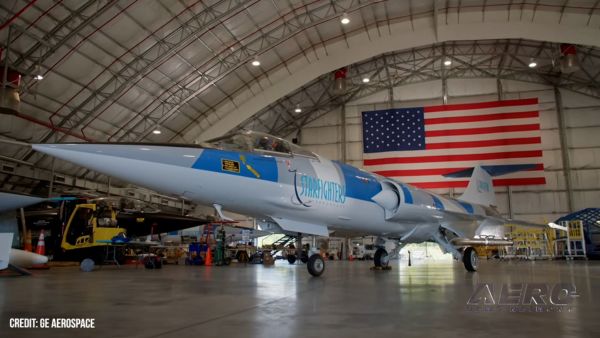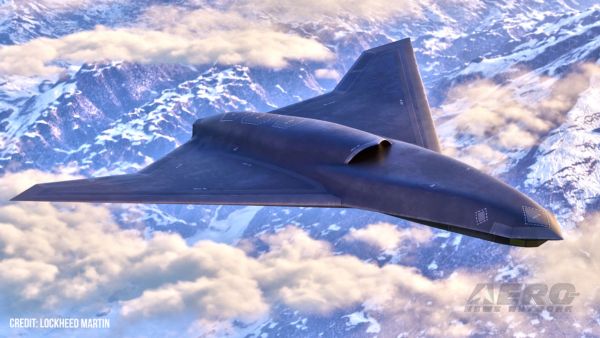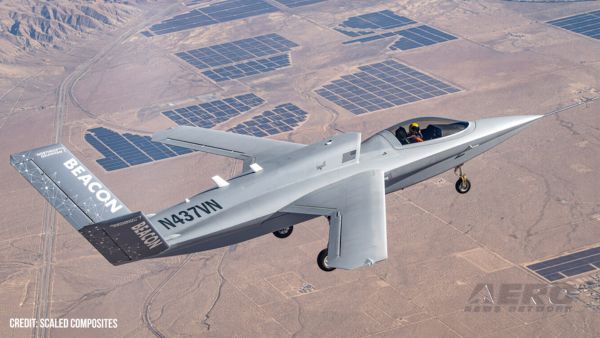Thu, Sep 04, 2014
Patent Filed For 'Sea Landing Of Space Launch Vehicles And Associated Systems And Methods'
SpaceX is challenging a patent awarded earlier this year to Blue Origin for a system designed to allow reusable rocket boosters to land on a floating platform in the ocean.

The Blue Origin patent describes the recovery of a booster that makes a soft landing on a floating platform or barge. SpaceX recently tested a booster that made a soft landing in the water, and its Grasshopper experiments have demonstrated the company's ability to make a soft landing on the ground.
The patent abstract describes "Launch vehicle systems and methods for landing and recovering a booster stage and/or other portions thereof on a platform at sea or on another body of water are disclosed. In one embodiment, a reusable space launch vehicle is launched from a coastal launch site in a trajectory over water. After booster engine cutoff and upper stage separation, the booster stage reenters the earth's atmosphere in a tail-first orientation. The booster engines are then restarted and the booster stage performs a vertical powered landing on the deck of a pre-positioned sea-going platform. In one embodiment, bidirectional aerodynamic control surfaces control the trajectory of the booster stage as it glides through the earth's atmosphere toward the sea-going platform. The sea-going platform can broadcast its real-time position to the booster stage so that the booster stage can compensate for errors in the position of the sea-going platform due to current drift and/or other factors. After
landing, the sea-going platform can be towed by, e.g., a tug, or it can use its own propulsion system, to transport the booster stage back to the coastal launch site or other site for reconditioning and reuse. In another embodiment, the booster stage can be transferred to another vessel for transport. In still further embodiments, the booster can be refurbished while in transit from a sea-based or other landing site."
According to SpaceRef Daily, SpaceX has filed two challenges to the patent. In one, the company holds that "The reusable launch vehicle techniques described in Section IV above were known to persons of ordinary skill in the art by at least the late 1990s, but this fact went largely unnoticed by the patent owner during the original prosecution of the '321 patent. The Background portion of the '321 patent pays lip service to the existence of prior art reusable launch vehicles (RLVs), but does not describe them in any detail. ('321 patent at 1:60-62.) Nor does the specification identify any specific drawback of existing RLVs that the alleged invention seeks to address. (Id.)
The '321 patent instead attempts to lay claim over the technique described by Ishijima in 1998 of landing a reusable space launch vehicle on a "sea-going platform," such as a "free-floating, ocean-going barge" or other vessel. ('321 patent at 5:14-20.)"
(Image from Blue Origin patent document)
More News
“The goal is to also get to a semi-autonomous first flight, which means takeoff and landing will be done via push of a button. There is no stick and throttle. It will be able>[...]
Hazardous Weather Information Summary of significant meteorological information (SIGMET/WS), convective significant meteorological information (convective SIGMET/WST), urgent pilot>[...]
Aero Linx: International Bar Association Aviation Law Committee The Aviation Law Committee is concerned with several major areas of law. Aircraft transactions and financing are alw>[...]
From 2016 (YouTube Edition): Rotax Supports Their Engines With Training, Information, And Rapid Parts Service… Anyone who is even slightly familiar with sport aviation and h>[...]
The UAS Experienced A Total Loss Of Engine Power And Began An Uncommanded Descent On August 20, 2025, at about 0632 Alaska daylight time, a Platform Aerospace VA 001 Unmanned Aeria>[...]
 Aero-News: Quote of the Day (09.26.25)
Aero-News: Quote of the Day (09.26.25) ANN's Daily Aero-Term (09.26.25): Hazardous Weather Information
ANN's Daily Aero-Term (09.26.25): Hazardous Weather Information ANN's Daily Aero-Linx (09.26.25)
ANN's Daily Aero-Linx (09.26.25) Classic Aero-TV: Service & Support Guidelines - The Care and Feeding of a Rotax
Classic Aero-TV: Service & Support Guidelines - The Care and Feeding of a Rotax NTSB Prelim: Vu Holdings LLC/DBA Vanilla UN VA 001
NTSB Prelim: Vu Holdings LLC/DBA Vanilla UN VA 001



